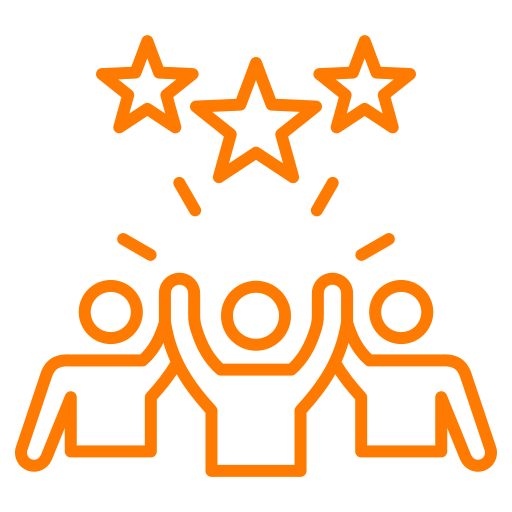The Journey of Team Formation
Team formation is the foundational step in building High-Performance Teams (HPT). It transforms individuals into cohesive units with a shared purpose and identity, ensuring alignment, motivation, and readiness to achieve organizational goals.
The process begins with the formal announcement of team compositions, setting the stage for collaboration and synergy. Guided discussions introduce principles of teamwork, laying the groundwork for exceptional achievements.














